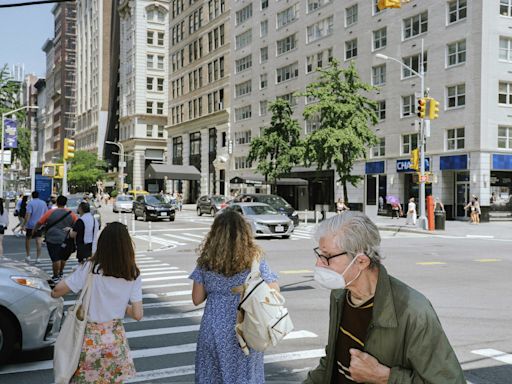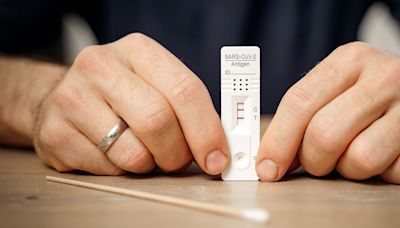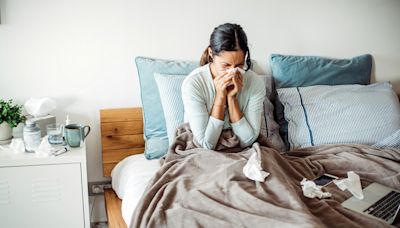Search results
Recommended steps to take
- Wear a high-quality mask when indoors around others (including inside your home) for 10 days, testing, and monitoring yourself for symptoms.
- Stay at home when you have suspected or confirmed COVID-19
- Seek treatment if you have COVID-19 and are at high risk of getting very sick.
- Avoid contact with people who have COVID-19, whether or not they feel sick, can reduce your risk of catching the virus from them.
- Wear masks or respirators.
- What should I do if I have symptoms?
- •How do I know if I am infected?
- •What precautions should I take to protect myself?
Is this helpful?
Last Updated Aug. 24, 2022. Source: National Center for Immunization and Respiratory Diseases (NCIRD), Division of Viral Diseases. Learn what to do if you are exposed to COVID-19, including how long to wear a mask, what to do if symptoms develop, and when to take a COVID-19 test.
Watch for symptoms until 14 days after exposure; If you have symptoms, immediately self-isolate and contact your primary health care provider for guidance. For your safety and the safety of others, please do not come to an urgent care clinic or emergency room unless you have been instructed to do so
Apr 5, 2024 · Providing care at home for a person sick with COVID-19? Or caring for yourself at home? Understand when emergency care is needed and what you can do to prevent the spread of infection. By Mayo Clinic Staff
Jan 9, 2024 · More From TIME. When should I test for COVID-19 after an exposure, and when am I in the clear? Federal health authorities, including the U.S. Centers for Disease Control and Prevention, recommend...
Take Precautions Right Away. You can spread COVID-19 before you show symptoms. Some people with the illness never have symptoms, but can still spread the disease. However, there are ways to protect yourself and others from getting COVID-19. To help prevent the spread of COVID-19, get an updated COVID-19 vaccine.
Mar 15, 2024 · New guidance from the CDC advises people to isolate until they have been fever-free and with symptoms improving for at least 24 hours, and then take precautions for five days, which covers the...
Apr 4, 2024 · Key Times for Prevention. Using these prevention strategies can be especially helpful when: Respiratory viruses, such as COVID-19, flu, and RSV, are causing a lot of illness in your community. You or those around you have risk factors for severe illness.







